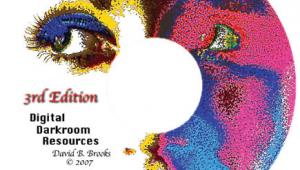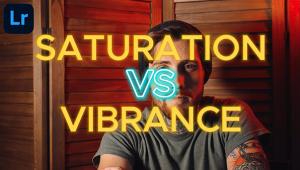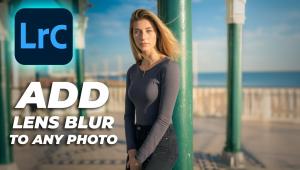The Case For JPEG; It’s Not Just A Small Print And E-Mail Format Page 2
I don't mean to sound as though I'm against subsampling. Used correctly, it's actually a helpful feature. Keep in mind that when you shoot a photo, you have no definitive way of knowing whether subsampling will affect the photo's visual quality. However, when you're preparing images in Photoshop, you have the advantage of Photoshop's side-by-side previews to determine if a given level of compression/subsampling is affecting an image's quality. In a case such as this, you may be able to apply subsampling, reduce file size even more, and do so with the photo's visual quality completely untouched. In a situation such as this, subsampling now becomes a useful feature.
 |
|
|
|
 |
It may surprise you to learn that, just as hardware vendors are secretive
about subsampling, so are many software vendors. Over the years, Adobe and Macromedia
have both refused to discuss when subsampling is applied. They'll only
echo what is said by hardware manufacturers: At some point, subsampling is turned
on, and at some point, subsampling is turned off.
If you're interested in fine-tuning your JPEGs with the perfect combination
of subsampling and quality, there are a small handful of software vendors that
do provide direct control over subsampling. Corel's PHOTO-PAINT (the photo
editor in Corel's Graphics Suite) enables two sampling options: "444,"
which is the equivalent of no subsampling, and "422," which applies
mild subsampling. Ulead's PhotoImpact also makes the 444 and 422 options
available, along with 411, a stronger form of subsampling.
I've found that the best way to use subsampling is to first decide on
a quality setting with subsampling turned off. Once this is done, try 422 or
411 subsampling. In many cases, this will cause absolutely no visual change
in your image (check the side-by-side previews to be sure), and will result
in a smaller file size.
 |
|
|
|
 |
In Conclusion
The bottom line with JPEG is that if you avoid the pitfalls (using it on computer-generated
images, using subsampling on originals, and adding subsampling/extra compression
without using side-by-side previews), there is absolutely no visual difference
in a properly saved JPEG, and in a much larger file such as a TIFF, PSD, or
PNG.
Anthony L. Celeste appreciates feedback from his readers. You may contact him
via e-mail at anthony.celeste@gmail.com.
- Log in or register to post comments
















































